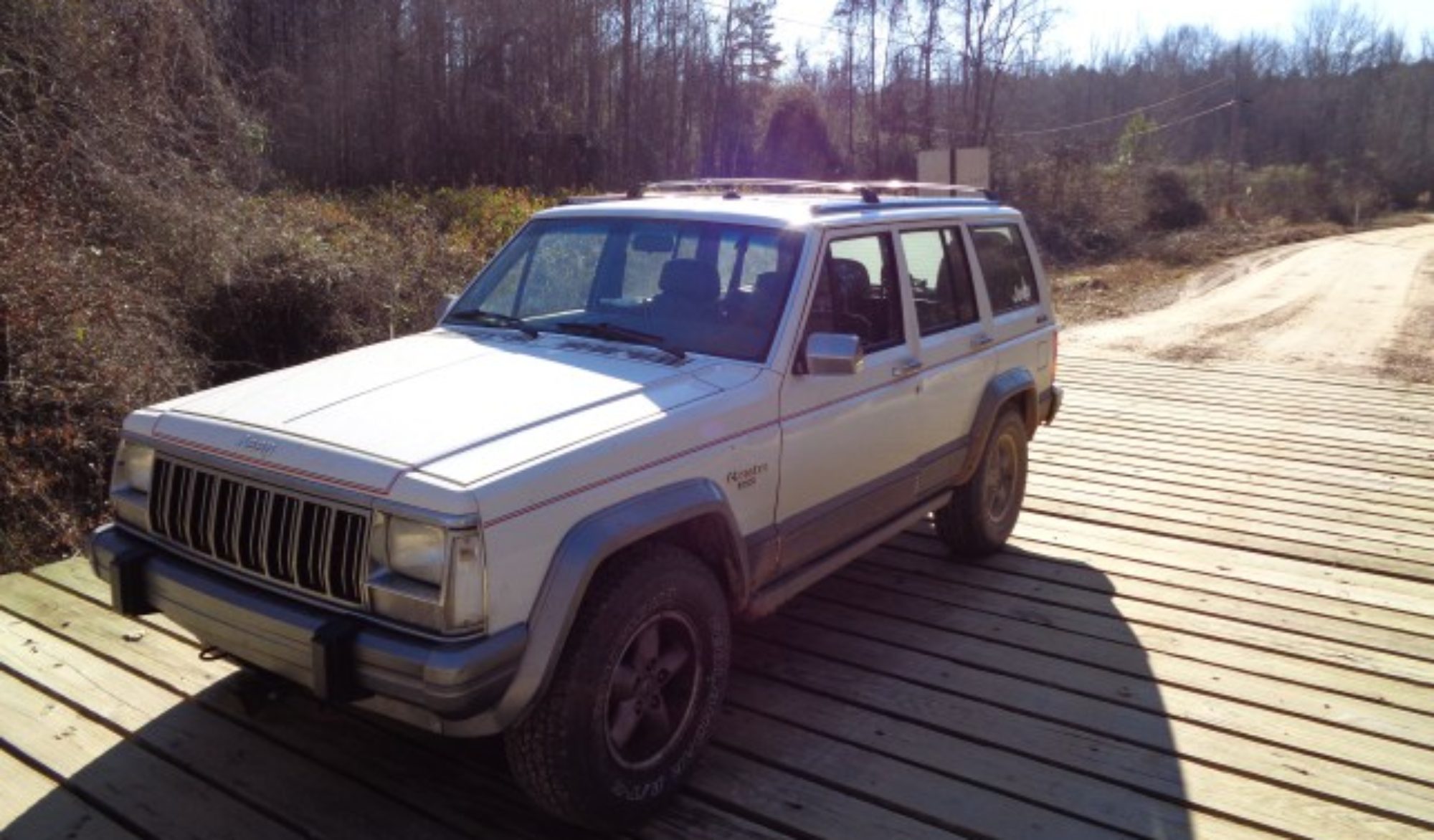Learning to make brake lines
I am getting a chance to learn a new auto repair skill with my current project. The Jeep I am working on is being converted from ABS to standard brakes. The front brake lines are very different in shape while the rear line just has a different fitting on the end.
I began by removing all the brake lines from the Jeep. The line to the drives side wheel was stuck in the connector to the rubber line. The nut rounded off inside my line breaking wrench. I removed the rubber line from the caliper and soaked the joint in PB blaster for a while. I then put the line in the vise and used a pair of vise grips to get it out. The nut was destroyed, but the rubber line was saved.
At the rear the hard line was also stuck at the joint to the rubber line. I used a torch to heat the joint. This allowed the flare nut to unscrew but the rubber line was damaged in the process. I bought a new one to replace it.
I bought a flaring tool at O Reilly’s and a roll of tubing and a pack of fittings from Autozone. I made a few practice flares on some scrap used line and on some of the new line before proceeding to the real lines. I should have just ordered from Advance Auto and got it all in one place.
The hard line to the rear was the right shape but had the wrong fitting at the end where it will attach to the master cylinder. The line to the ABS has a joint and coupling at the point where the non abs goes into the proportioning valve. I removed the joint and then put the correct fitting on the end of the line.
To put on the correct fitting, I first cut off the flare from the tube. I finally found out what the groove in my tubing cutter is for. It was able to cut right up against the flare and not lose much line. I then slipped on the correct fitting that I removed from a donor Jeep. I then used the flare tool to make the proper double flare for the line.
Next I began fabricating a new line for the driver’s side wheel. The line from the donor jeep was broken but gave me an idea of the correct shape. I cut a length of line and flared one end. I then slipped on two new fittings and flared the other end. I then used the bending tool to make a couple of bends. I will make the final shape once the master cylinder is bolted in place.
The last remaining line is the long crooked one that goes across the firewall to the passenger side. I have two choices on this one. The line to the ABS is longer and has the right shape most of the way. I may be able to cut it and reshape it. Then, I can install the correct fitting on the end. The other option is to make a whole new line from the coil of tubing I bought.
Update: Jennifer finished up the last line this evening. She elected to modify the original ABS line by re bending it and cutting it to the correct length. Put the fitting from the donor Jeep on the end to finish it off. Our Pro Tools flaring tool is working great.
[phpbay]brake flare tool, 10[/phpbay]

